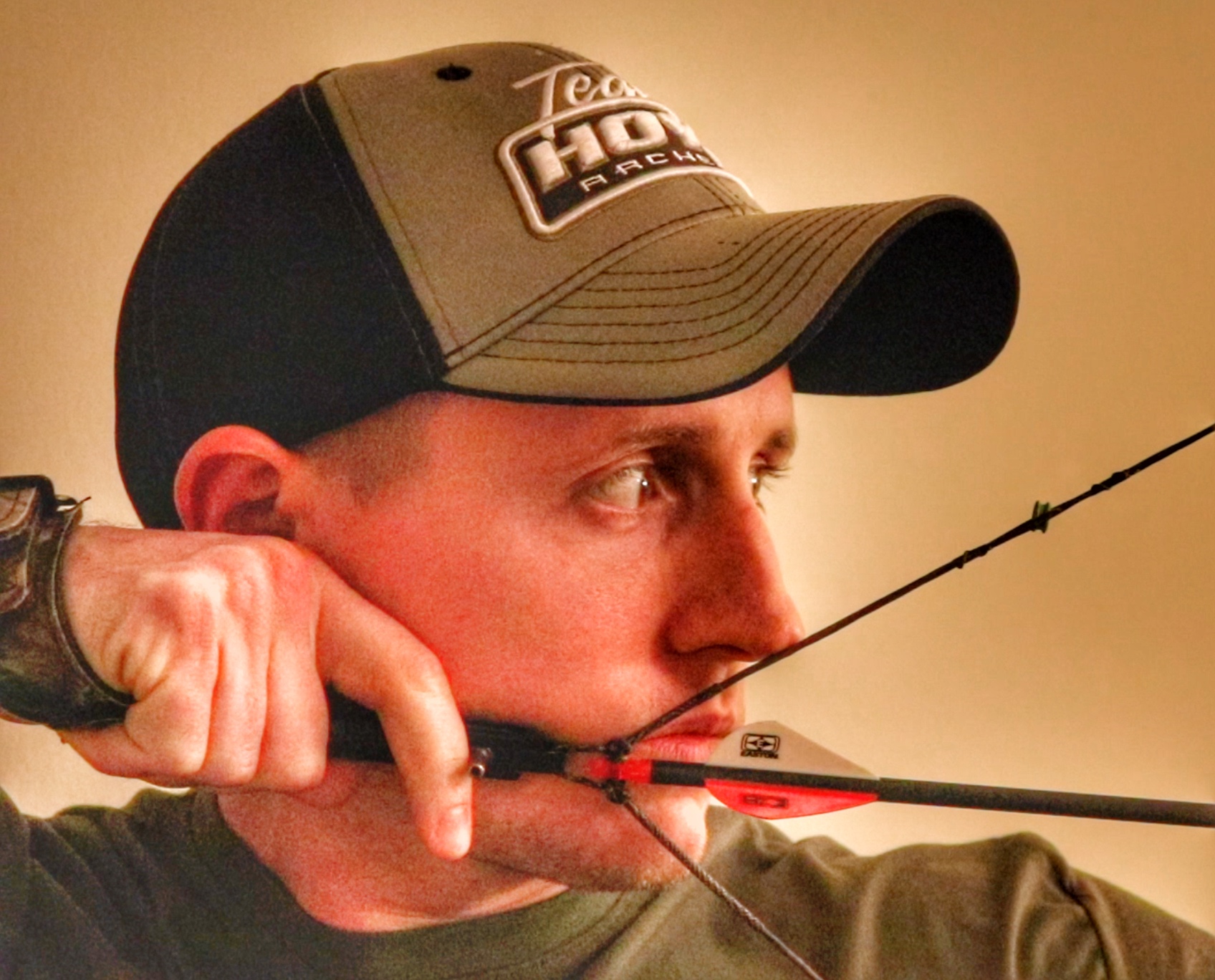Updated March 2023
So what exactly is an anchor point? In archery, an anchor point is a point, or multiple points of reference that ensure proper sight alignment. An anchor point is a small, but important, aspect of your entire shooting form. When at full draw, your anchor point helps develop consistent shooting form shot after shot. For bowhunting, consistency is key and having a predetermined anchor point will ensure each shot is spot on. The information below will explain types of anchor points and how to establish and maintain an anchor point.
Why Anchor Points Matters
A consistent anchor point is important for repeatable accuracy. With a proper anchor point, you are able to improve and maintain accuracy with each shot. As you continue to develop and refine your shooting form, having a good anchor point will ensure that you are making the most out of each shot. A lack of, or inconsistent anchor point, is usually to blame for poor arrow groups and lack of accuracy.
How a Consistent Anchor Point Improves Accuracy
An anchor point will do no good unless it is consistent. To be accurate, you need to be repetitive. A person could have perfect form, but if they don’t have a consistent anchor point, each shot will be slightly different. On the other hand, if someone has mediocre form but a consistent anchor point, they will have fairly good accuracy. Without a consistent anchor point, you will have a hard time achieving proper peep and sight alignment on each shot.
4 Common Anchor Points
- Jaw Line or Side of Face – Your jaw line, or the side of your face, is an easy anchor point to use. For this anchor point, the “V” of you release hand, between the thumb and index finger, should align with the corner of your jaw bone. This should feel natural when your hand is placed upon the side of your face. This anchor point is popular with a trigger style release.
- Mouth – Another good anchor point is the corner of your mouth. When drawn back, the corner of your bow string should touch near the corner of your mouth, just past your D-loop. A popular tool for ensuring a proper mouth anchor is a kisser button. A kisser button serves as a reference point on your bow string that touches the corner of your mouth or lip.
- Nose – The tip of the nose is another common anchor point. When drawn back, your bow string should graze the tip of your nose. For a proper nose anchor, you don’t want to tilt your head forward or backwards, or raise or lower your chin. If you have to do any of these, that most likely means your draw length is either too long or too short. A lot of good archers even use both their mouth and their nose as anchor points at the same time. Similar to the kisser button, a helpful tool for nose anchoring is the Bowmar Nose Button.
- Peep Alignment – This isn’t a true contact point, but it plays a major factor in sight alignment. When using your peep as an anchor, your peep and sight should line up perfectly. When aligning your peep and sight, it is important to keep your bow arm fairly straight and limit bending in the elbow. Finding the exact angle at which your elbow is bent is hard to repeat with each shot. A great peep sight is the G5 Outdoors Meta Pro Peep Sight.
Any of these four anchor points will help you develop consistency, leading to increased accuracy. Some archers even go as far as using all four of these anchor points to ensure even greater consistency with each shot. Use whichever anchor point, or anchor points, feels most comfortable and natural to you.
Tips for Properly Anchoring Your Bow
- Consistency – As mentioned above, the key to an effective anchor point is making it easily identifiable and repeatable. Make sure to keep your head in the same position each time you draw and remember that draw length and anchor points are related.
- There is No “Correct” Anchor Point – A proper anchor point comes down to string-to-face contact. The four anchor points mentioned above are ones used by many archers and bowhunters, but it really comes down to what works for you, as long as you are being consistent.
- Multiple Anchor Points – More anchor points provide for even greater consistency and ensures proper alignment. A good anchor point should feel natural and you should not have to twist or compromise your form to find an anchor point. If you find a comfortable anchor point that involves your nose, mouth and hand to jaw, you will have no trouble with accuracy. Think of multiple anchor points as additional insurance that your anchor is consistent.
Summary
Finding and perfecting your anchor point takes time and repeated effort. Perfecting an anchor point may sometimes involve adjusting your draw length, peep location and even your form. Once you perfect your anchor point, it will feel natural and you will be able to property anchor subconsciously. For more articles and buyer’s guides, please check out other articles on Bowhunting Depot!

